Here at 2by2 we are often asked whether we can help perform a competitor benchmark and/or customer research. The competitor benchmarks are usually requested when executives want a better understanding of whether there is any white space in the market; that is, whether there are segments in the market with a less competitive situation. Customer research on the other hand typically aims to better understand the needs of the customer or, more precisely, whether there is any unmet customer need that could provide a relatively easy route for growth.
Both intentions are good, but at 2by2 we believe competitive benchmarks and customer researches should be considered as just the basic tools in the context of your business strategy. You should do them – for the right reasons – and they will provide you with valuable input. However, we also believe it is important to realize that neither customer research nor competitive benchmarks will tell you which business strategy you should leverage; only you can answer that critical question.
Competitive benchmarks
Some people, perhaps provocatively, argue that you should not look towards competitors at all and instead focus on what you want to do and how you want to excel. We don’t go that far; we feel that competitive benchmarks do add some value as input into strategy development processes, but it is important to realize exactly what to expect from them before getting started.
A well-structured and fact-based competitive benchmark can certainly provide some answers regarding which level of performance should be considered as hygiene, the must-meet level. For instance, if you operate a business in which your customer buys your products as commodities, a competitive benchmark can help you understand the level at which companies in your industry typically produce the products; that is, at what cost level do you need to be able to operate in order to even have a chance of competing in the market – this is the “hygiene level”.
Furthermore, competitive benchmarks can even help you single out the leaders in the market; that is, the one or two companies that are to be considered as leaders in certain business dimensions. Using the example above, that would help you understand which of your competitors actually has the lowest cost levels and, therefore, possibly also the best possibility of becoming the price leader.
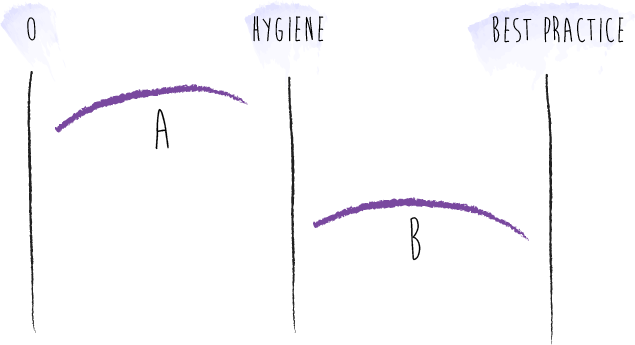
However, it is important to remember that he competitive benchmark will not tell you exactly what cost level you should target, it merely gives you reference points regarding that decision. Furthermore, and even more importantly, the competitive benchmark will not give you the answer as to which strategy you should ultimately chose. Benchmarking the cost level might lead you to assume that price leadership is the given strategy, but perhaps the most fruitful and successful strategy in the commodity business used as an example here would be to choose a strategy that lets you differentiate on quality; that is, make the customer appreciate quality and turn the product into a non-commodity.
One of the common mistakes we see when companies rely too heavily on competitive benchmarks in their strategy processes is a scenario in which the company tries to hit best practices in all dimensions assessed. This means that the company tries to reach best practices in terms of product innovation, cost, service level, brand, etc. This typically turns out to be a very poor strategy as it is very costly and does not give you a clear edge in any dimension.
Customer research
As with competitive benchmarks, we believe that customer research does have a role to play in corporate strategy processes. However, it is important to understand how and when to use customer research, and when to not use it. In order to facilitate that discussion, we usually leverage a simple matrix with different combinations of customer demand and offering characteristics.
Customer demand and offering characteristics important to consider
The matrix we use when evaluating possibilities to use customer research to bring insights to the strategy development process is based on two simple dimensions. On one hand, we want to understand the basis of the customer need you are trying understand; in a simplified world, we can conclude that either the customer is well aware of its need or does not yet fully recognize it. For example, customers fully understand the need to have lunch in the middle of the day; however, prior to the introduction of the mobile phone, few customers were able to articulate the need to be able to walk on the street while talking on the telephone.
The other dimension of the matrix is articulating the characteristic of the offering that we would like to assess. Either we view the offering as an existing one in the market or we believe that the offering we are assessing does not yet exist.
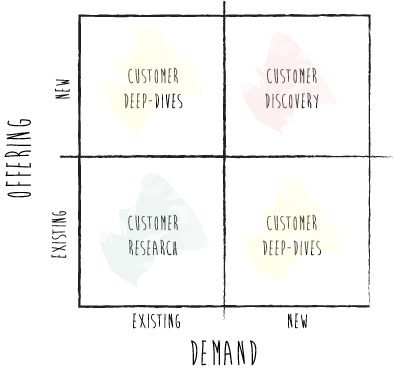
The most straight-forward case, in which a well-executed customer research really could provide significant insight into a strategy process, is where you have an existing offering that you are applying to well-articulated and known customer needs. In this case, you could definitely benefit from running broad customer research efforts and even be able to conclude statistical confirmed evidence of your strategy hypothesis.
If you are bringing a new type of offering to the market with the intention of addressing existing customer needs, or if you would like to try to extend an existing offering to new, less known, customer needs, a broad, large-scale customer research effort is less appropriate. In these two situations, we typically recommend customer “deep-dives”. This means one-on-one dialogues with individual customers and/or smaller focus groups, which would provide an opportunity to truly provide some unique qualitative insights to your strategic issues at hand.
In the third alternative, when you are trying to bring a new type of offering to the market with the intention of meeting a customer need that has not yet been fully understood and articulated by the customer, we would recommend not using customer research at all. In this case, the customers will not be in a position to provide any additional insight into your strategy effort. This situation simply calls for your own visionary work; do not expect any customer research to provide you with the answers in this case.
Conclusions
Competitor benchmarks and customer research can provide good insight into your strategy development effort. However, it is important to realize that competitor benchmarks will only help you understand the hygiene level and the best practice level for a given business dimension; no competitor benchmark will give you the answer as to which strategy you should leverage.
When it comes to customer research, it is important to realize that the actual customer research approach you choose must be adapted to the purpose and that, in some situations, customer research will not be of any help at all.
So, in conclusion, go ahead and do the competitor benchmark and customer research as part of your strategy effort, but make sure you do it for the right reasons and in the appropriate situations, and do not expect them to provide you with the complete answer as to which strategy is best for your business.


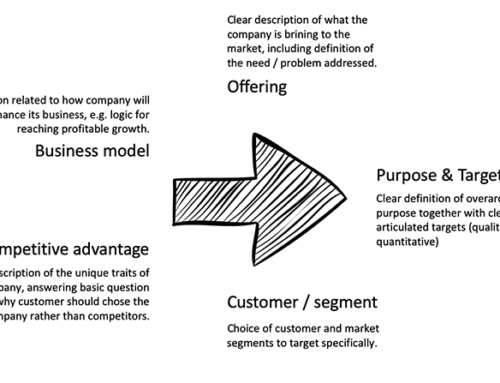
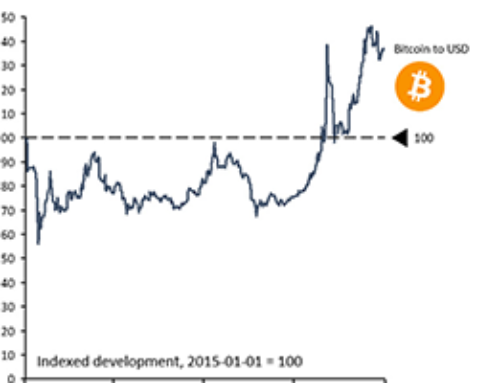
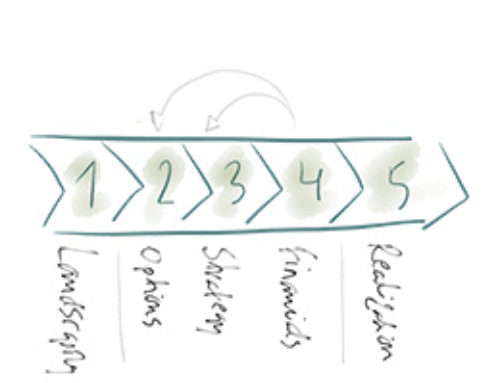
[…] Competitor benchmarks and customer research: http://www.2by2.se/competitor-benchmarks-consumer-research/ Business […]